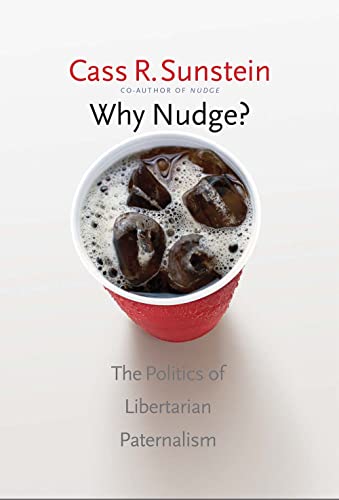El titular d'aquest article de Nature és d'impacte, busca notorietat. Una dieta saludable pot augmentar fins a 10 anys la vida, diuen. Això depèn és clar de molts factors, alguns dels quals s'expliquen amb detall. El més interessant és que ha estat fet amb el UK biobank i una participació de 467.354 persones. Estem per tant davant d'un treball amb una gran mostra. I la conclusió és aquesta:
Our results showed that the longevity-associated dietary pattern had moderate intakes of whole grains, fruit, fish and white meat; a high intake of milk and dairy, vegetables, nuts and legumes; a relatively low intake of eggs, red meat and sugar-sweetened beverages; and a low intake of refined grains and processed meat. Analyses adjusting also for body mass index and energy (Supplementary Information) showed slight reductions in inverse associations with mortality for whole grains, vegetables and fruits, reductions in positive associations with mortality for red meat, and stronger inverse associations for both nuts and white meat. For several of the food groups associated with reduced mortality, the lowest intake quintiles were substantially different from the other quintiles. The unhealthy dietary pattern (that is, the quintile with the highest mortality associations) contained no or limited amounts of whole grains, vegetables, fruits, nuts, legumes, fish, milk and dairy, and white meat and substantial intakes of processed meat, eggs, refined grains and sugar-sweetened beverages. The strongest positive associations with mortality were for sugar-sweetened beverages and processed meat, while the strongest inverse associations with mortality were for whole grains and nuts.
Begudes ensucrades i ultraprocessats mostren reducció de la longevitat, i els fruits secs i cereals integrals l'allarguen, això diuen. Quan ho mires amb detall aleshores cal recordar que correlació no és causalitat, i som on érem. Les recomanacions genèriques poden funcionar més bé o no tant. Ben segur que és una mica més complicat tot això, ja ho vaig explicar fa uns dies al post "nutrició de precisió". En qualsevol cas el missatge és que cal millorar com mengem i què mengem.





